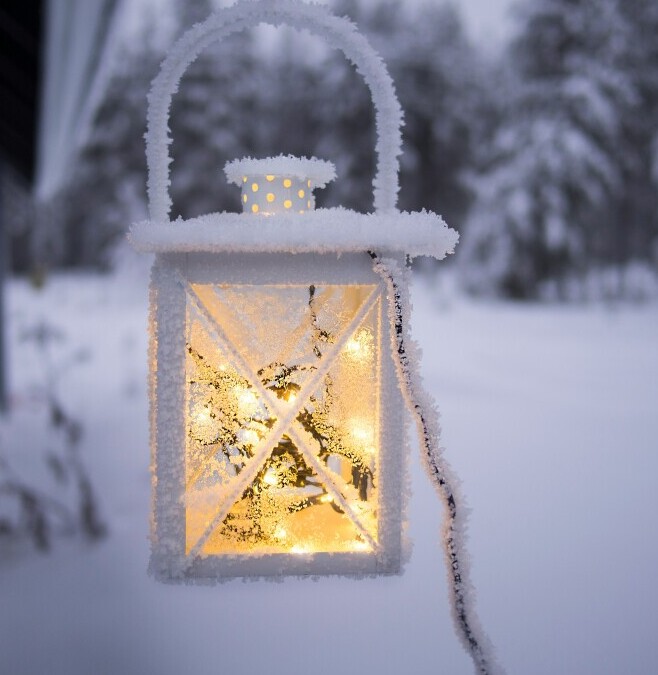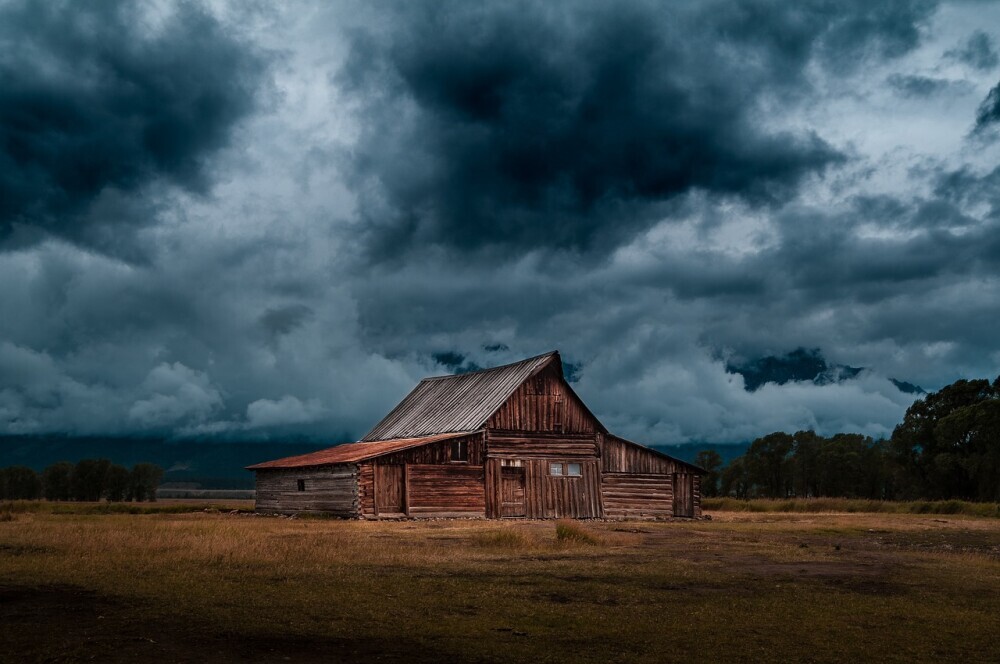Winter Storm Preparedness
Winter Storm Preparedness

Having a portable generator during a winter storm isn’t a luxury; it’s a lifesaver. When power outages hit, these compact powerhouses keep essential devices running, like heaters, lights, and even your coffee maker for that warm pick-me-up. A generator can turn a freezing, powerless night into a cozy, well-lit evening.
So, when exactly do you need a portable generator? Think about those moments when the power flickers out, and you’re left in the dark. If your area experiences frequent storms that knock out power lines, owning a portable generator can be a real game-changer. It’s all about staying warm, safe, and comfortable when Mother Nature gets a bit grumpy.
When winter temperatures dip to crazy lows, you might wonder if the cold affects your generator’s performance. Generators these days are built tough, often designed to work efficiently in cold climates. However, most need some TLC to ensure optimal performance. A good rule of thumb is to check the manufacturer’s guidelines on temperature limits. Some might struggle below sub-zero, but with the right maintenance, they’re more resilient than you’d expect.
Now, there’s a tech magic happening inside these machines. Cold weather generators are equipped with features like low oil protection and battery warmers to ensure they crank up when you need them most. This new technology aims to prevent the stress that low temperatures can put on both the engine and battery. It’s about having peace of mind knowing your generator is ready to go even when the mercury drops to bone-chilling levels.
Safe and Effective Use of Portable Generators in Winter Weather

Keeping things safe while using a portable generator during icy stormy weather is super important. You need to know where to place that generator to avoid risky situations. Placing it outside might sound okay, but always keep it at least 20 feet away from windows and doors to prevent carbon monoxide from seeping in and causing harm.
Handling these power machines in freezing weather can be a bit tricky. You might be tempted to leave them outside, but doing so without proper protection can lead to trouble. Ideally, a generator should be shielded with a cover that’s ventilated yet protective against snow and freezing rain. Always toss a weather-resistant tarp or generator tent into your kit. This keeps moisture at bay while still allowing proper airflow.
Now, about keeping the electricity flowing smoothly, it’s all about picking the right generator, especially for cold weather. Generators labeled with features like “cold-start technology” or “winter kit included” are built to resist those chilling temperatures. They often include battery warmers and specially-designed starters to keep them running efficiently.
And before storms kick in, a bit of prep work goes a long way. Regular maintenance checks – like oil levels, battery charge, and fuel stocks – ensure your generator is always ready to roar to life when you hit that start button. It’s like keeping a grocery list, but for your generator – stay stocked up and stress-free.
Being prepared beats scrambling in an emergency every time. A little knowledge on how to safely and effectively use these generators during winter storms can keep your power on and your home safe and sound.
%20(2).png)
















Comments